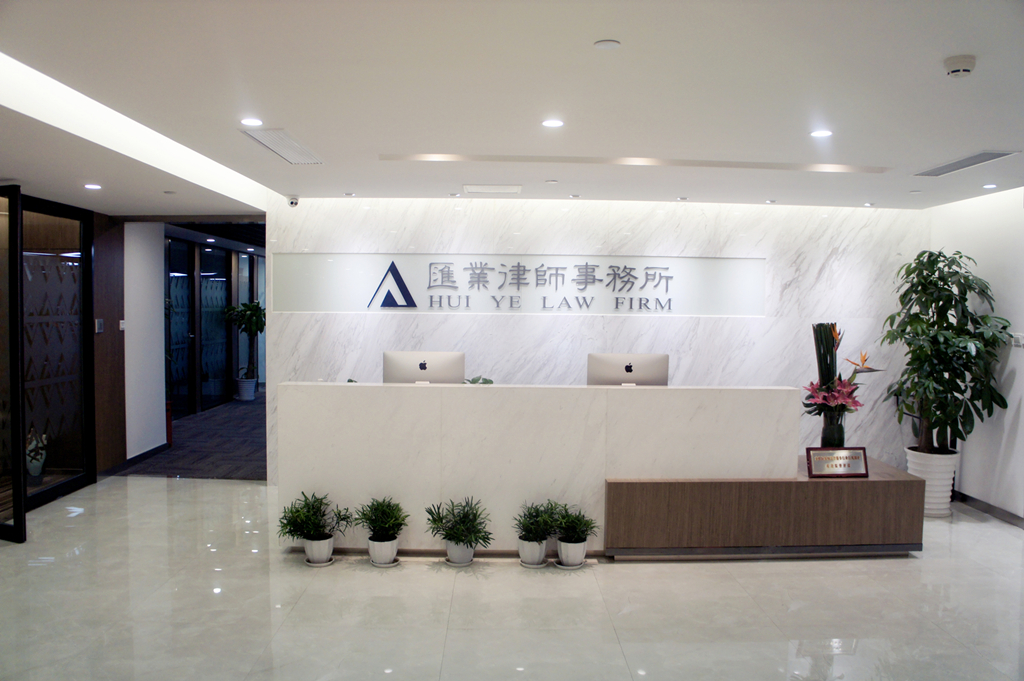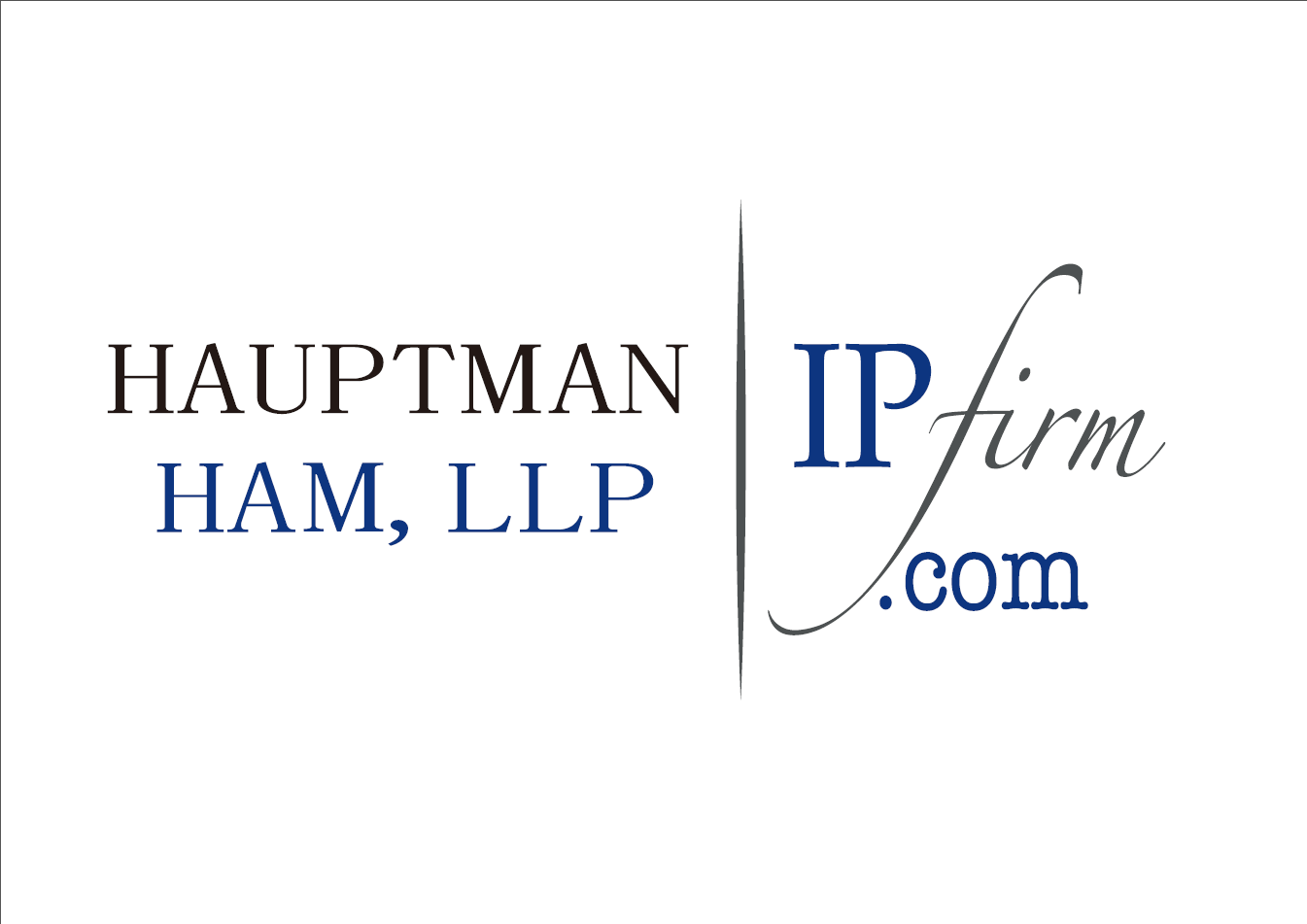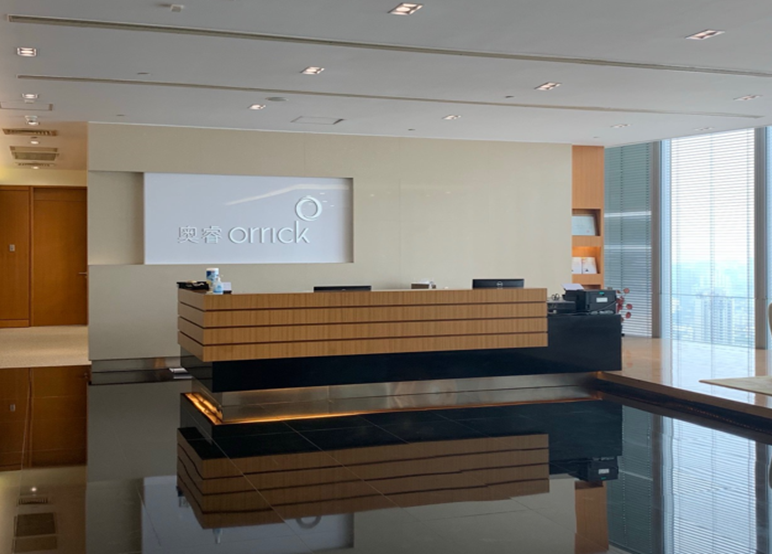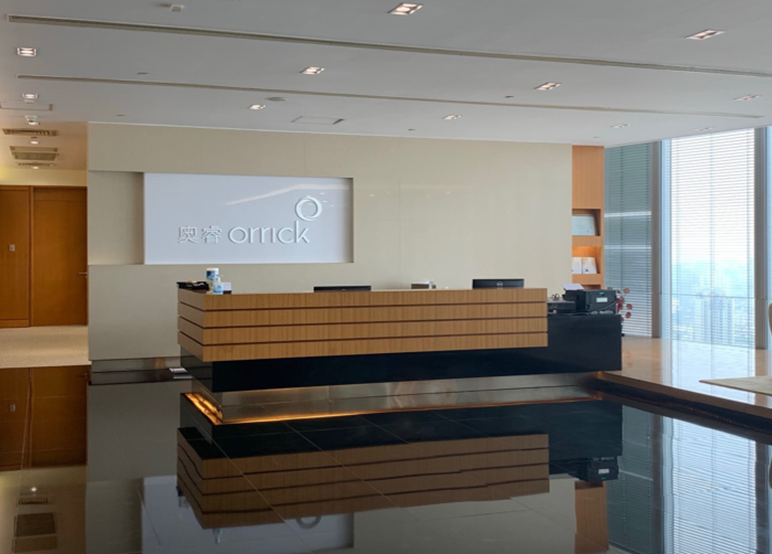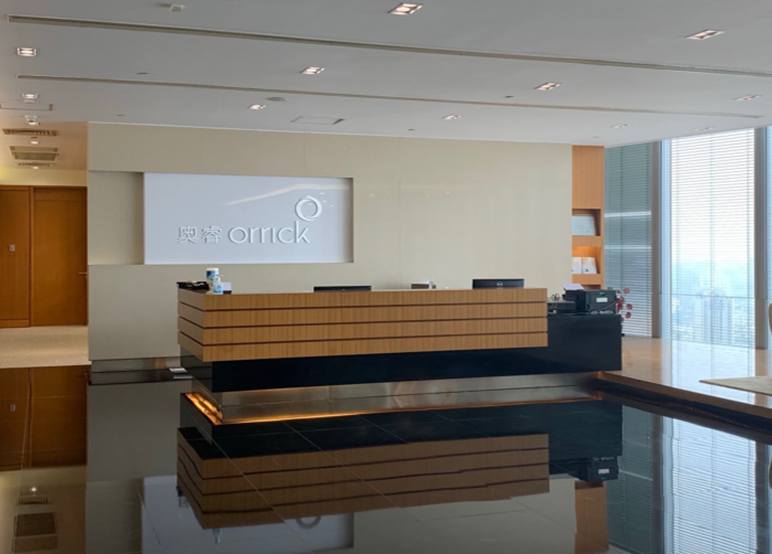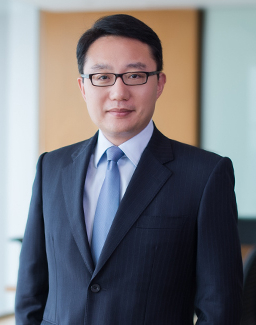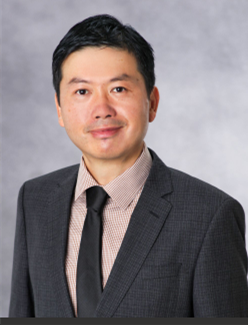Indian Intellectual Property Appeals Board (IPAB) A recent case reaffirmed the principle of natural justice in the administration of justice vs (or) The importance of quasi-judicial decisions, It also clarifies aspects of patent law relating to references to prior art documents and descriptions of inventions.
In this case, University of Miami (Hereinafter referred to as "applicant" ) According to "2003 Annual patent rule" (Hereinafter referred to as "rule" ) The first 20 It was filed in India PCT Patent application in the national stage, The patent application number is 2090/KOLNP/2006, The name of the invention "Topical coenzyme Q10 The formula and its use" . The applicant first filed the patent application in the United States, The application number is 60/538319, And subsequently filed a patent application No PCT/US2005/001581 the PCT Apply for.
Facts and background of the case in response, The patent examiner issued the first examination report based on the disclosed content of the applicant's patent application (FER) . The examiner's objections in the notice of oral examination include: The title of the applicant's application is inaccurate, According to the available technical documents cited, The invention is unnovel and uncreative, The claimant's claim belongs to 1970 years "Patent law" The first 3 article (d) Paragraph and clause 3 article (e) Scope of payment, The specification does not support the claim 47-79 And the applicant's failure to pay certain statutory fees. After the oral examination, The applicant received a one-page order of dismissal (impugned order) , His patent application was rejected.
thereafter, Applicant's basis "Patent law" The first 117A striation IPAB Lodge an appeal. The invention claimed by the applicant for protection is a pharmaceutical composition, It contains coenzymes Q10 (Q10) And use Q10 Cure cancer, Selectively reduce cancer cell growth, Induce apoptosis of cancer cells, Methods and kits for inhibiting tumor angiogenesis. The composition described in the patent application consists of Q10 And a medically acceptable vector——Liposome composition, The carrier can be administered topically or intravenously.
Objection to the censor, The applicant has modified the claim to narrow it down, And the claim detailing the treatment was removed, Because these are not allowed in India. The description of the applicant's patent application includes experiments as well Q10 Analysis of the effects on various cell types. According to the specification, when Q10 When delivered to normal cells in culture, It didn't cause cell death, Instead, it promotes its growth; when Q10 When delivered to cancer cells, It can inhibit cell proliferation and cause cancer cell death.
In addition, The specification illustrates the effectiveness of local administration of the composition in the treatment of cancer. In the case, The key to the invention Q10 As well as in vitro and animal-based studies to compare lipids with Q10 Together with the effectiveness of cancer treatment. In view of the better results obtained, The applicant filed patent applications in India and several other countries, involvements Q10 The lipid composition as well as the use of inclusion Q10 The treatment of lipid compositions. In the various stages of clinical trials conducted after the filing of the patent application, The results were further confirmed, Explain and consolidate.
Expert testimony confirmed the safety and efficacy of the composition for intravenous and local administration, respectively. The examiner dismissed the applicant's patent application on the following grounds: -The use of liposomes as carriers of active drug molecules is known in the prior art referenced, And as stated in the instructions, About will Q10 It binds to liposome (With evidence of enhanced activity) The modification of the claim goes beyond the scope of invention;
-Technical results or post-application data cannot be included in the description of the specification, because "Patent law" The first 59 The article does not allow this;
-The applicant failed to incorporate further experimental results into the specification by means of amendments within the specified time, Therefore, The value of the invention must be determined on the basis of what is disclosed in the record;
-The specification lacks technical data to prove the enhanced effect, Therefore, The invention does not relate to "Patent law" The first 2 article (1) paragraph (j) Any creative steps in the item, And according to the law 3 article (d) The article is not patentable;
-The amended claim is subject to Patent Law No 3 article (i) Scope of payment, It's a treatment, Therefore patents cannot be granted.
Against the order of dismissal, The applicant stated that he had submitted the forms several times 3 (Form-3) To comply with the Act 8 Provision of article, And submitted its corresponding No 5711599 No. Application for detailed litigation information as well as on FER reply. With respect to the violation of the principle of natural justice the applicant argues that, The claims in the patent application relate to drug compositions, It's not a cure, Therefore do not belong to "Patent law" The first 3 article (i) Scope of payment. The applicant also submits that, The examiner wrongly relied on the law No 3 article (i) In the form of an order dismissing his patent application, Because it did not put forward the corresponding objection in the notice of oral trial, Nor according to "Patent law" The first 14 The requirement of the article communicates the objection to the applicant, Therefore, it violates the principle of natural justice. IPAB Concurred with the applicant in his order, And that the examiner had made a mistake. IPAB Think that, Use in a claim "A composition used in therapy (composition for the treatment) The expression does not mean that the claim is subject to patent Law No 3 article (i) Scope of payment. IPAB Further adjudication, The expression used in the claim is just one way of defining the composition, And under any circumstances, None of the compositions in the claim can be construed as a treatment used by a physician to treat a disease. IPAB The order also states that, The Indian Patent Office has approved a number of claims relating to compositions in the past, Where the composition and the disease being treated (Or condition) Have been defined.
Therefore, According to regulation 3 article (i) Objections raised by the paragraph, A clear and obvious mistake on its face. In addition, The applicant pointed out that, The examiner failed to elaborate on the reasons for his dismissal, This violates the principle of natural justice. The applicant also cited IPAB In control 8/2014 The decision in command, That is, the decision to dismiss an applicant's claim must be a reasonable order with detailed reasons, This is an established principle of law.
IPAB Point out, The censor dismissed it in just two paragraphs, No details were given on the grounds for the rejection. This is seen as a challenge to the principles of natural justice and IPAB A flagrant violation of established legal principles. Existing technical documents on references IPAB Put forward, The examiner did not indicate which prior art documents cited by the applicant were deemed to have resulted in the rejection of the patent application due to lack of creativity. In addition, IPAB Also observed, The examiner's notice of oral examination did not identify the claims that were dismissed for lack of novelty and creativity. Experimental data presented by the applicant showed that the proposed protective composition could effectively treat cancer by reducing tumor cell growth and angiogenesis. The advantages of the composition are neither guided by nor recommended by the referenced prior art. about D1 US2002/0156302 (D1) , IPAB It is held that it does not direct or advise on any element of the invention, And it is not possible for technicians in the field to use the composition for local or intravenous injection. D1 Made public Q10 It is related to the treatment of cardiovascular disease, But it has nothing to do with cancer treatment. In addition, D1 Instructions are to be included in the preparation of vegetable oils Q10 Composition of. In contrast, The invention relates to the inclusion of Q10 Liposome composition, And because liposomes are formed in an aqueous solution, not in oil, Therefore D1 There is neither guidance nor advice for the composition. Applicant's claim, D1 disclosed Q10 With several diseases (Especially cardiovascular disease) Is associated with. D1 Further explain, In relation to Q10 Related to many pharmacological uses, One use is "anticancer" activity. This activity is related to Q10 Is associated with antioxidant properties. In reference to cancer D1 when, The technologists won't believe it Q10 It has potential therapeutic activity in treating cancer, But may believe with Q10 The anticancer activity in question is a preventive activity.
At the time of invention, The professionals had no motive and no reasonable expectation to get it right D1 To implement the invention. The applicant therefore considers that, D1 There is no instruction for said invention, The invention cannot therefore be considered to lack novelty or any creative step. about D2 US2002/0039595 (D2) , The technical document states that the liposome composition used in gelatin capsules is delivered orally rather than locally or intravenously. There is no evidence of inclusion Q10 the D2 Compositions may be used to treat any disease or condition. Therefore, D2 Without destroying the creativity of the invention. about Kokawa et al. (D3) , The technical document does not provide information on Q10 A composition or inclusion Q10 And the composition of liposome. D3 The document discloses the physiological activators of the electron-transport system in mitochondria Q10 May promote the metabolism of chemotherapeutic agents. but, read D3 The technical staff of Q10 Itself has any use in cancer treatment. about D4 US6582723 (D4) , It targets a composition that contains a particular nutrient, The ingredient helps prevent cancer by boosting the body's immune system, Protect healthy cells and neutralize cancer cells. D4 Nutrient specific and for oral use only. understand D4 The technician of the company does not believe that the individual components of the composition will individually produce the combined effect, namely, Even if D4 Be able to direct Q10 For cancer treatment, Nor does it justify its use in isolation without other ingredients Q10 Can cure cancer. None of the reference documents cited by the applicant, individually or jointly, directs or suggests a way by Q10 A composition composed of liposomes and used for local or intravenous administration.
In addition, None of the documents cited suggest the advantages of topical or intravenous use of the composition, Compared to a non-lipid composition, The composition provides cellular uptake Q10 The growth of. In addition, Since the referenced file does not have any of the suggestions available Q10 It's used alone to treat cancer, So it's used to treat cancer Q10 Composition is not likely to destroy the novelty or inventiveness of the invention. Therefore, The reference document does not undermine the novelty or inventiveness of said invention. IPAB emphasize, The results provided by the applicant in the submitted specification and statement clearly demonstrate the enhancement of the said invention Q10 Delivery to cells and the treatment of cancer, And these advantages are not obvious depending on the file they reference. According to the results of the declaration submitted by the expert, And non-lipids Q10 Composition formulation compared, Of the invention Q10 Increased cell intake of. The results also provide possible mechanisms regarding the efficacy of the composition in treating cancer.
Therefore, IPAB Think that, The censor wrongly regarded the invention as uncreative, Because it is not specified how uncreative is the invention given the documents cited. IPAB Also indicated that, The examiner was wrong to conclude that the composition components did not produce any synergistic effect. It states that, The submitted specification clearly provides data to support the synergistic effect of the composition components. IPAB It is held that the examiner's error was to fail to consider data provided by experts on the synergistic efficacy and non-obviousness of the said invention. IPAB Noting that the applicant has submitted similar evidence in different jurisdictions, Patent offices also considered evidence. As the examiner passed the order without considering the evidence of the records made by the applicant, The order was deemed wrong, It violates the principle of natural justice.
On violation IPAB The principle of law stated by the applicant, The examiner considered that the claims in his patent application were subject to Patent Law No 3 article (d) No reason was given, This is one of its mistakes. IPAB In control 173/2013 Order, which discusses in detail the Act's No 3 article (d) Applicability of funds, And holds that a claim against the composition is not subject to the Act 3 article (d) Scope of payment. In the case, The examiner failed to determine No 3 article (d) The class of the corresponding claims referred to in the paragraph. Neither the notice of hearing nor the order of dismissal explained anything relevant to demonstrating enhanced efficacy "known" substance (The first 3 article (d) The paragraph states that only the use of an existing product for a new purpose cannot be patented) . IPAB Point out that it is explicitly stated in various precedents, The order issued must clearly state the grounds for dismissing the patent application, If there is no such reason, The order will then be deemed vague and revoked accordingly. The examiner failed to explain the No 3 article (d) How will this clause be applied, And in the absence of any reason provided by the examiner, The challenge order was found to be vague. About submitting supplementary data IPAB The process of drug development is clearly explained. Given the complexity of the drug development process, If drug (composition) Satisfactory results were provided in the initial phase of development, The researchers must then generate supporting data along the way.
IPAB Note that the applicant has submitted a large amount of data (Including results from clinical trials) To support the creativity of the invention. IPAB Also admit, The supplementary data details the large amount of data already contained in the submitted specification, The data clearly show what is said Q10 The amazing effect of the combination of liposome and composition in cancer therapy. IPAB It is incorrect that the examiner was not allowed to provide supplementary data, And cited prior case law that took supplementary data into account. According to relevant regulations, If the supplementary data acts as an extension of the inherent properties of the properties of the originally disclosed invention, Consideration may be given to the use of supplementary data to support the non-obviousness of the invention. IPAB Think that, In accordance with Indian patent law and patent law of other jurisdictions, Submission of supplementary data to support the invention and to eliminate objections is permitted. . The specification supports the claim IPAB Think that, The applicant's claim was supported by his statement of particulars, And not beyond the object of the original disclosure. The specification has been described by lipid and Q10 The composition of the composition is clearly defined, The efficacy of the composition was also studied and proved, The data obtained by further research supporting his invention are provided as supporting evidence.
IPAB discover, The initial claim is for inclusion Q10 And excipients, but, By the subordinate claim, Excipients can also be lipids. According to the prospectus No 2 Page and page 12 page, The preferred composition is described as inclusion Q10 And lipid compositions. The applicant has also submitted embodiments in the specification 3 An example is given to illustrate the preferred composition. In addition, The claimant illustrates the claim by means of only one embodiment, Data in support of the embodiment was also provided in the form of a statement submitted as well as expert testimony. Therefore, The limited scope of the initial claim demonstrated by example cannot be considered to be beyond the scope of the original claim. Therefore, IPAB Think that, It is incorrect for the examiner to declare that the composition is beyond the scope of the original disclosure. conclusion IPAB Questions of fact and law were considered, And draw a conclusion, The examiner passed the dismissal order without applying the law properly to the facts of the case. IPAB Think that, The examiner did not consider the facts and evidence provided by the applicant, And passed vague orders. IPAB The invention, which is being studied in the clinical stage, is further appreciated as a breakthrough in cancer treatment. Taking into account the available technical documents cited by the applicant, IPAB Support the novelty and creativity of the claim, This is also supported by the initial submission of the specification.
IPAB Criticising examiners for taking opposing views on the same invention recognised by the rest of the world, And it requires examiners to provide valid reasons to support opposing views, These grounds are lacking in the dismissal order, Therefore, The order was found illegal and rescinded. The appeal was successful, The examiner shall grant the applicant a patent right.
(Compiled from www. lexology. com)
Reprinted from China Intellectual Property Network translation: Wang Dan proofread: Rason group
disclaimer: This website reprint articles are from the Internet, Does not represent the views of this website or confirm the authenticity of its content. If the source is mislabeled or the copyright of the article is involved, Please contact this website, This website will be corrected in due course, delete, thank you.

Patent infringement rights protection

